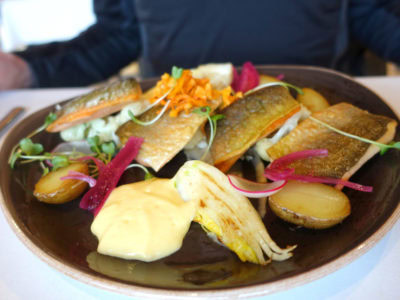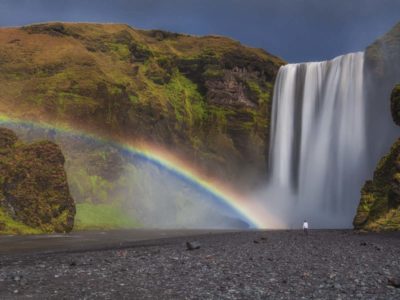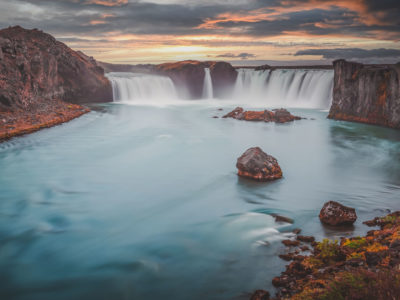Iceland has been the darling of adventure travel for nearly a decade with tourists flocking to its borders to see its mighty waterfalls, glaciers and fjords. Although not quite as popular as it once was, Iceland is still one of the top 50 most popular destinations for American tourists. We are certain that when you learn more facts about Iceland it will pop back to the top of your must-see places!
Table of Contents
Fun Facts About Iceland
There are a lot of facts about Iceland to learn and even more to love. Whether you love folklore, the study of language, or breathtaking scenery, Iceland has something for you.
If making travel arrangements in another country stresses you out, don’t worry. We’ve already put together an extensive Iceland travel guide to help you find vacation rentals, plan your route, and put together a vacation itinerary. In the meantime, let’s get started with 15 cool facts about Iceland that will inspire your next vacation!
1. Iceland Was Settled By Vikings
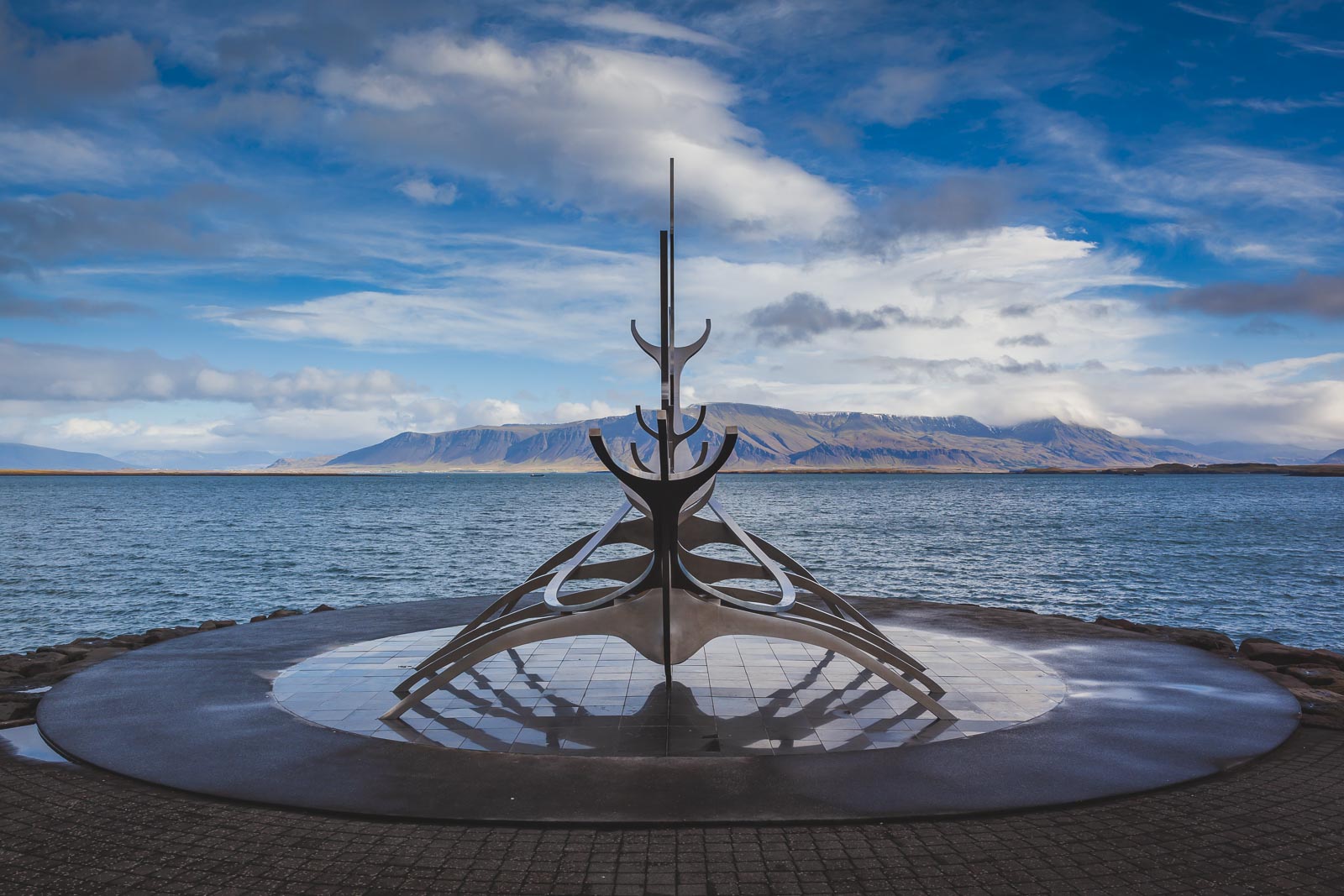
For a European country, Iceland is considered relatively young. It wasn’t until the 800s that Vikings from Norway came to settle what we now know as Iceland. Viking culture is still reflected in the language, the art, and even the land, itself. Fun Fact, The Series Vikings touches on this fact in the final season. You should watch it it’s great!
2. The Name Iceland Is Meant to Confuse
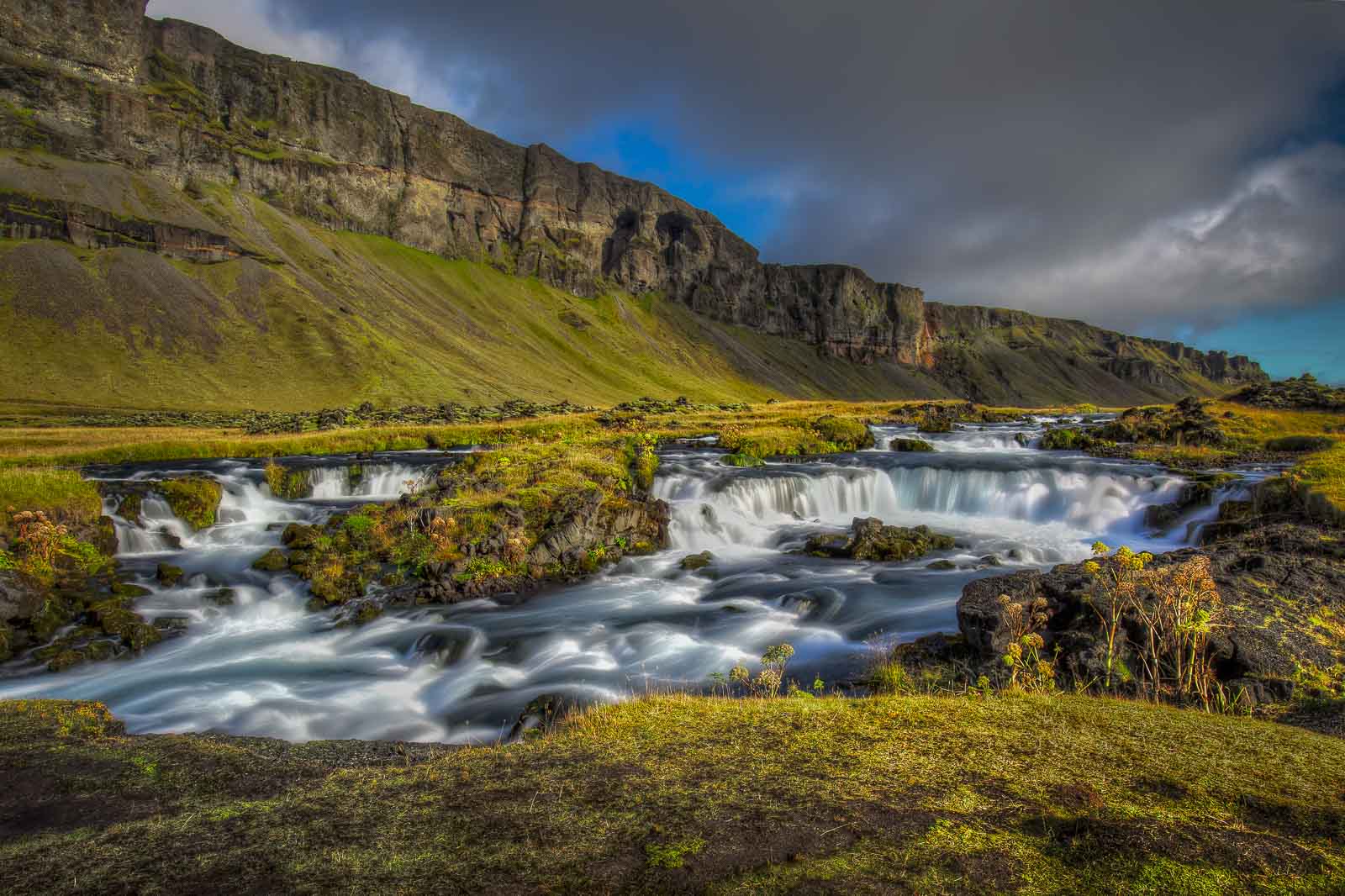
What was one of the first things the Vikings did when they got to their new island country? They gave it a name and one that was meant to throw off potential invaders.
You may have wondered before why Iceland and Greenland have the names that they do when Iceland is covered in foliage and Greenland is covered in ice. Believe it or not, this was done on purpose! The Vikings knew they would be followed by enemies, and hoped that creating this confusion would send their enemies over to Greenland and leave them in peace. Check out Incredible Greenland – The Final Frontier for Adventure Travel
3. Iceland Is Home to Europe’s First Parliament
The Althing is Iceland’s national parliament and it is one of the longest-running parliaments in the world. In fact, the original site of the Althing marks the first parliament grounds in European history. The Icelandic parliament has undergone changes over the years, particularly after Iceland became unified with Norway. However, it is still functional today, and tourists can see the place where one of the earliest democracies took shape.
There are a lot of firsts when it comes to politics in Iceland, it is also home to the first female elected head of state. I know what you’re are thinking, yes, the likes of Margaret Thatcher and Indira Gandhi came before her, but they were Prime Minister, not Presidents of their countries. (It’s all in the details)
4. Iceland Offers a Unique Tectonic Plate View
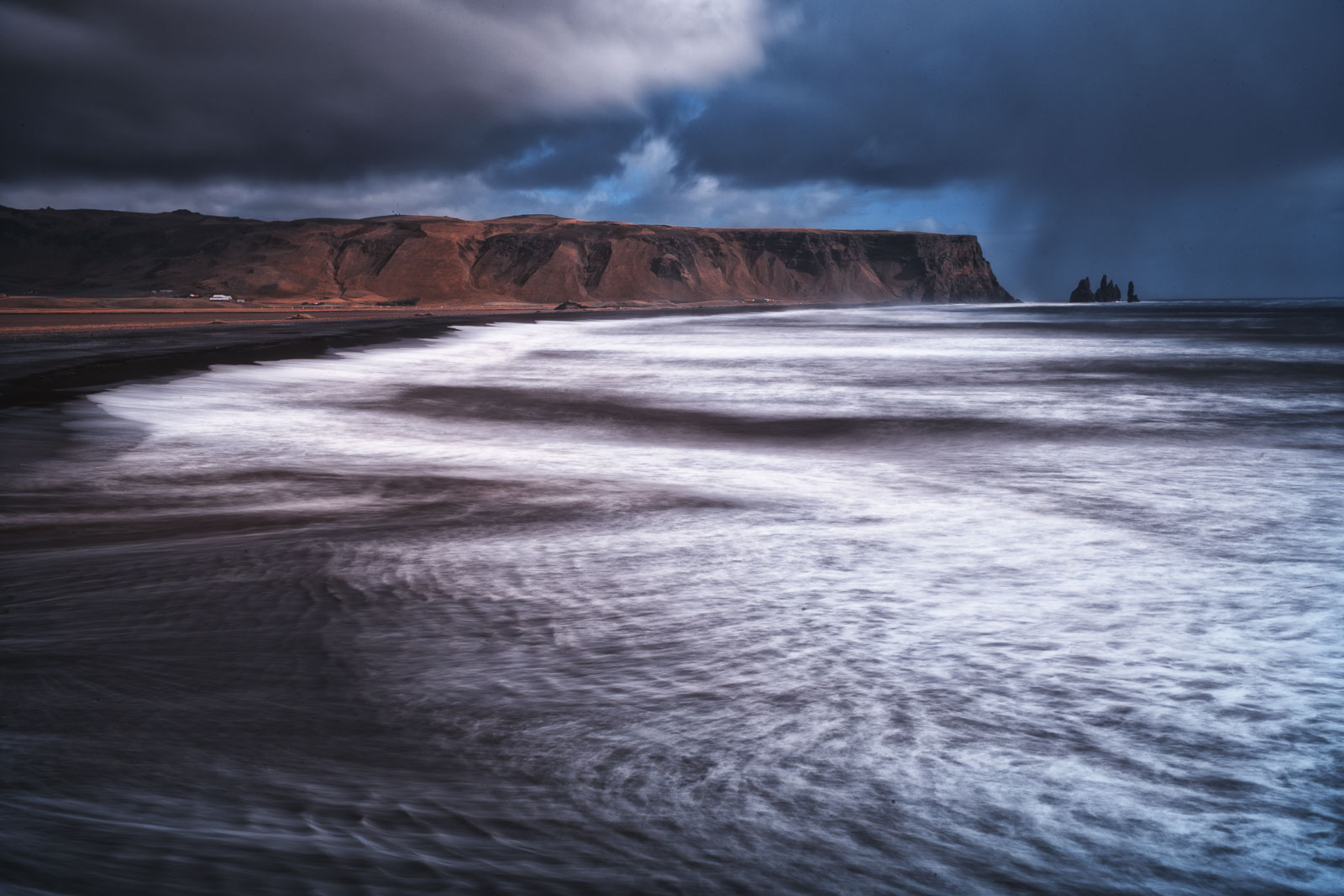
Þingvellir National Park is home to the Althing, but it also bears some serious geographical significance. It is one of only two places on the planet where you can physically see the split between two of the tectonic plates. To be more specific, at this location you can take a look at the North American and Eurasian plates where they meet in the Atlantic Ocean. In fact, Silfra is the only place in the world where you can dive between two tectonic plates! Read more: Diving in Silfra – Iceland Underwater
(Where is the other spot where you can see this phenomenon? You’ll find it on your next trip to Africa.)
5. Iceland Has Tons of Volcanoes
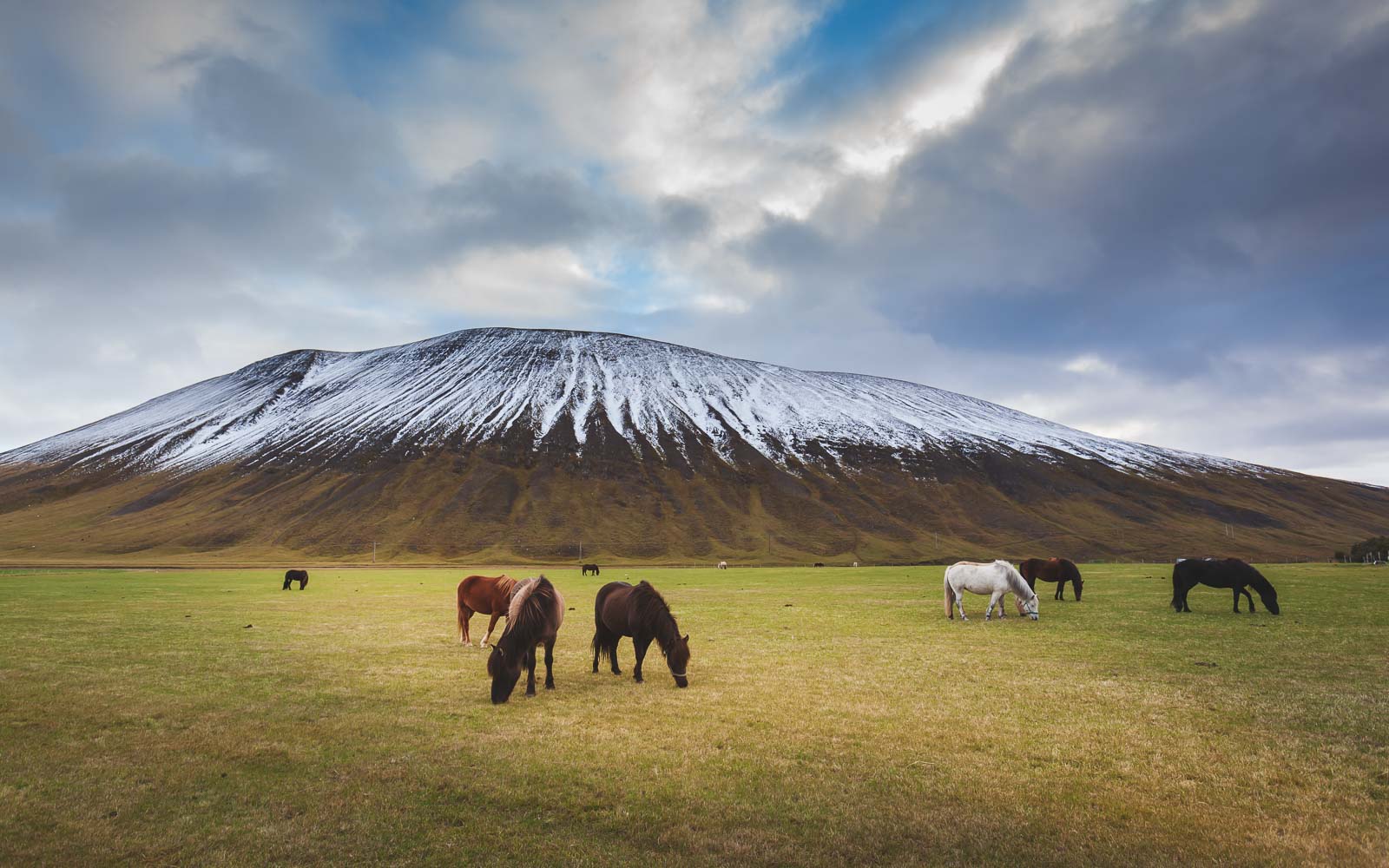
We don’t tend to associate cold-weather countries with volcanoes, but Iceland is chock-full of them. In fact, Iceland has over 125 volcanoes spread around the country.
Some of these volcanoes are still active while others could awaken at any time. Much of Iceland is covered in lava fields and the nation experiences at least one new eruption about every four years. Parts of Iceland reminded us of New Zealand. Both Island nations are beautiful volcanic countries that have gorgeous landscapes.
6. Cold Country, Hot Springs
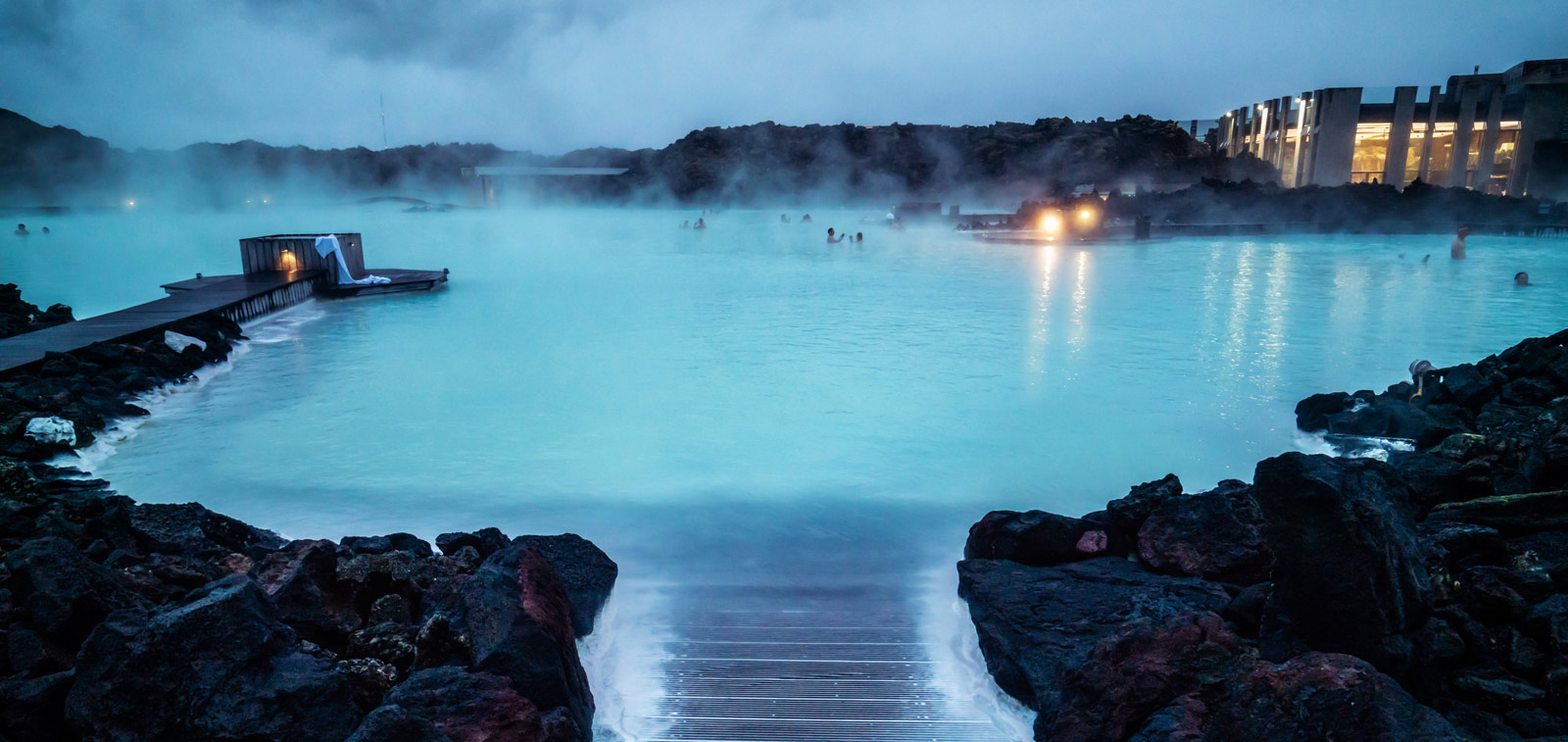
Volcanic activity doesn’t just happen above ground, where we can see it. There’s all sorts of volcanic activity occurring underground in Iceland, which becomes geothermal activity. As a result, Iceland has its fair share of hot springs that people enjoy swimming in all year round.
Be aware that some of the most famous hot springs (ie the Blue Lagoon) are actually manmade–although the water is naturally heated. If you want to splash around in a natural hot spring, you’ll need to venture out into the countryside. Check out: How to Visit The Blue Lagoon in Iceland – Is it Worth It?
7. Iceland Is One of the Most Eco-Friendly Countries In the World
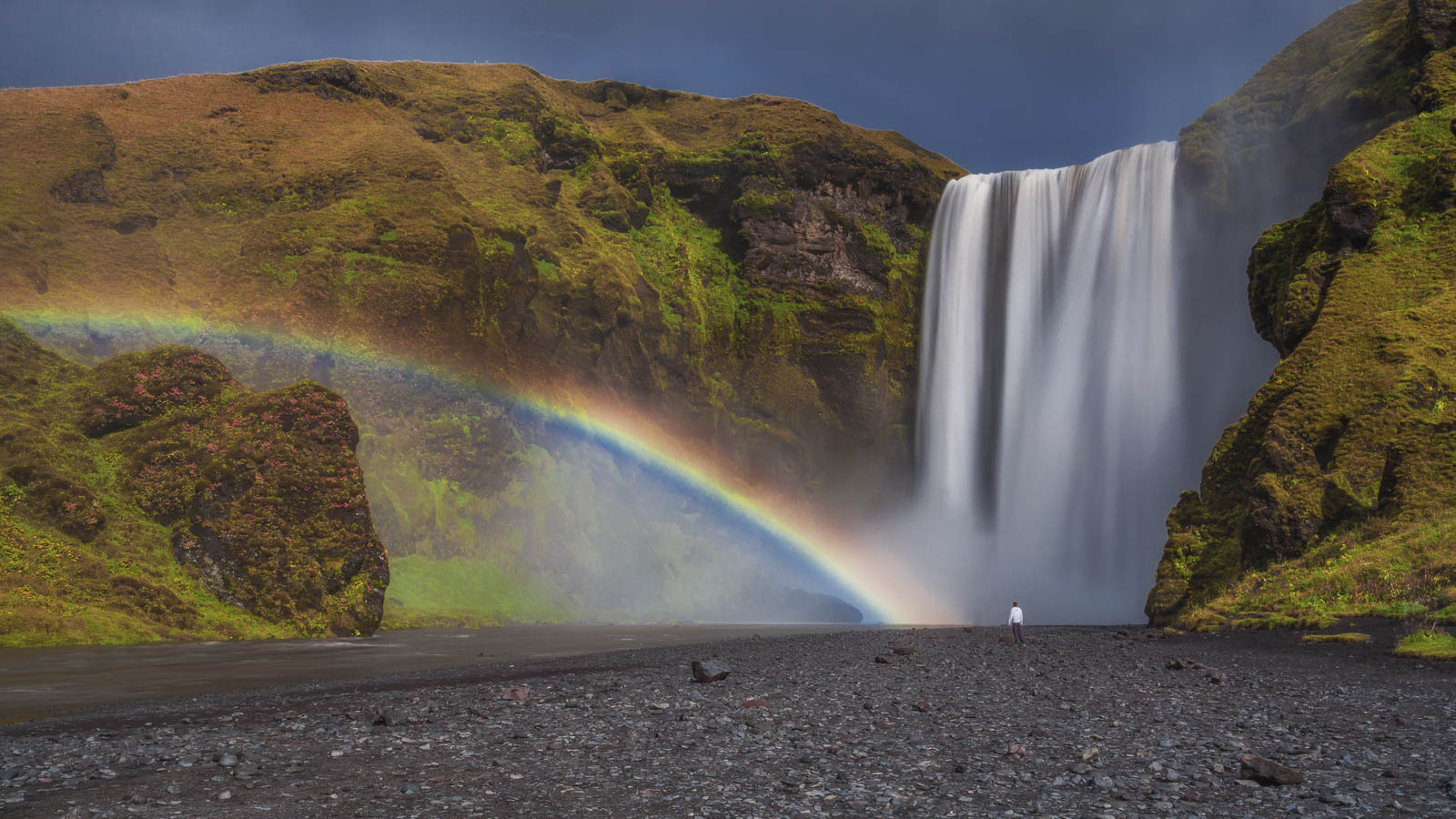
Iceland is one of the most environmentally-friendly countries in the world. In a way, they achieve this low carbon footprint by default.
Iceland relies on an extraordinarily small amount of fossil fuels to power its infrastructure. Hydropower and geothermal energy is harnassed from the volcanic activity and hot springs to power an estimated 85% of the nation. Read next: Mighty Iceland Waterfalls You Have to See to Believe
8. Glaciers Play a Role in Iceland’s Unique Topography
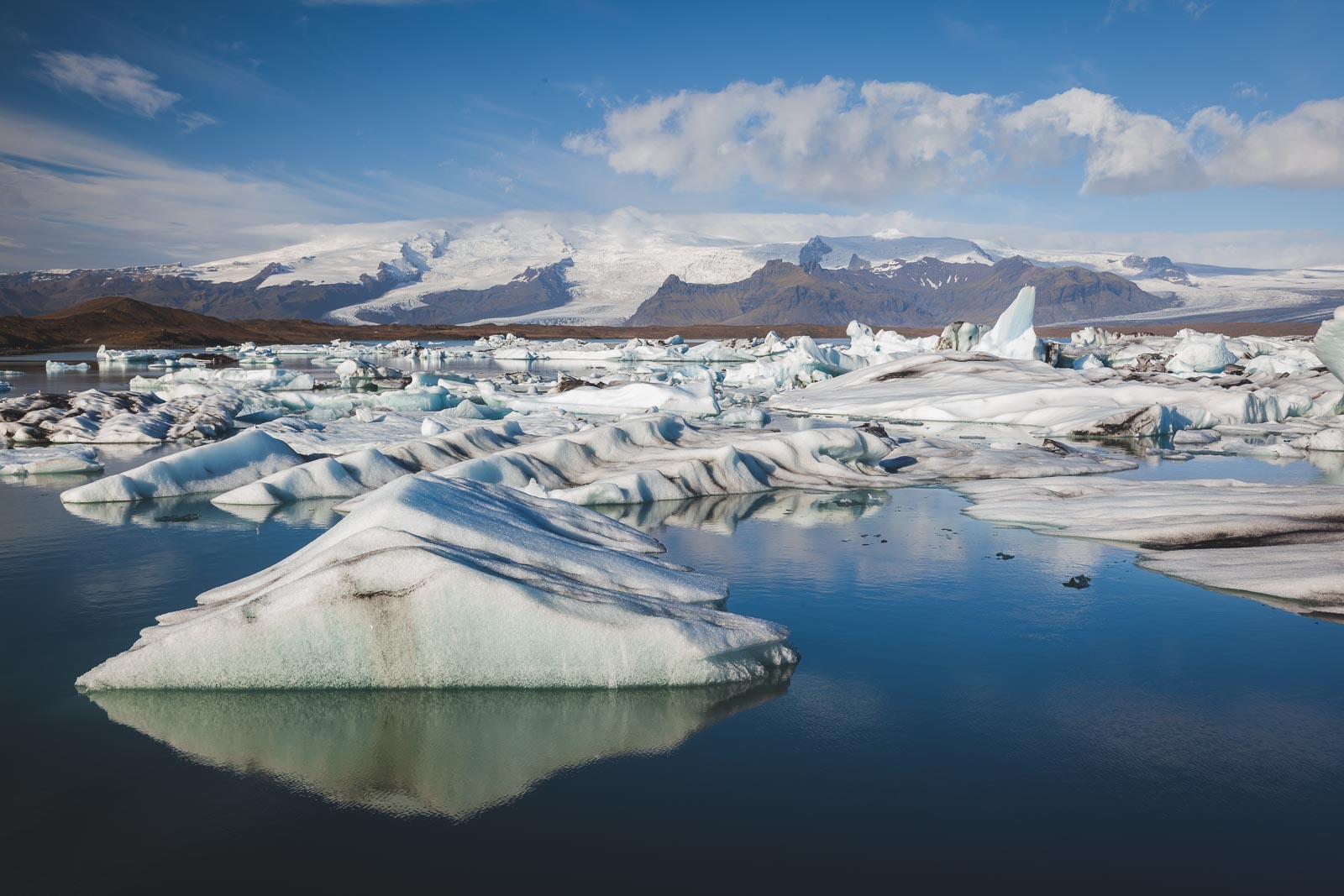
No matter where you go in Iceland, you’re bound to notice how unique the topography is. In large part, Iceland has been shaped by frequent earthquakes and volcanic activity. The third element contributing to the gorgeous landscape is glacial activity! Read more: Iceland – Experience the Land of Fire and Ice
9. Iceland Is Scarce on Trees
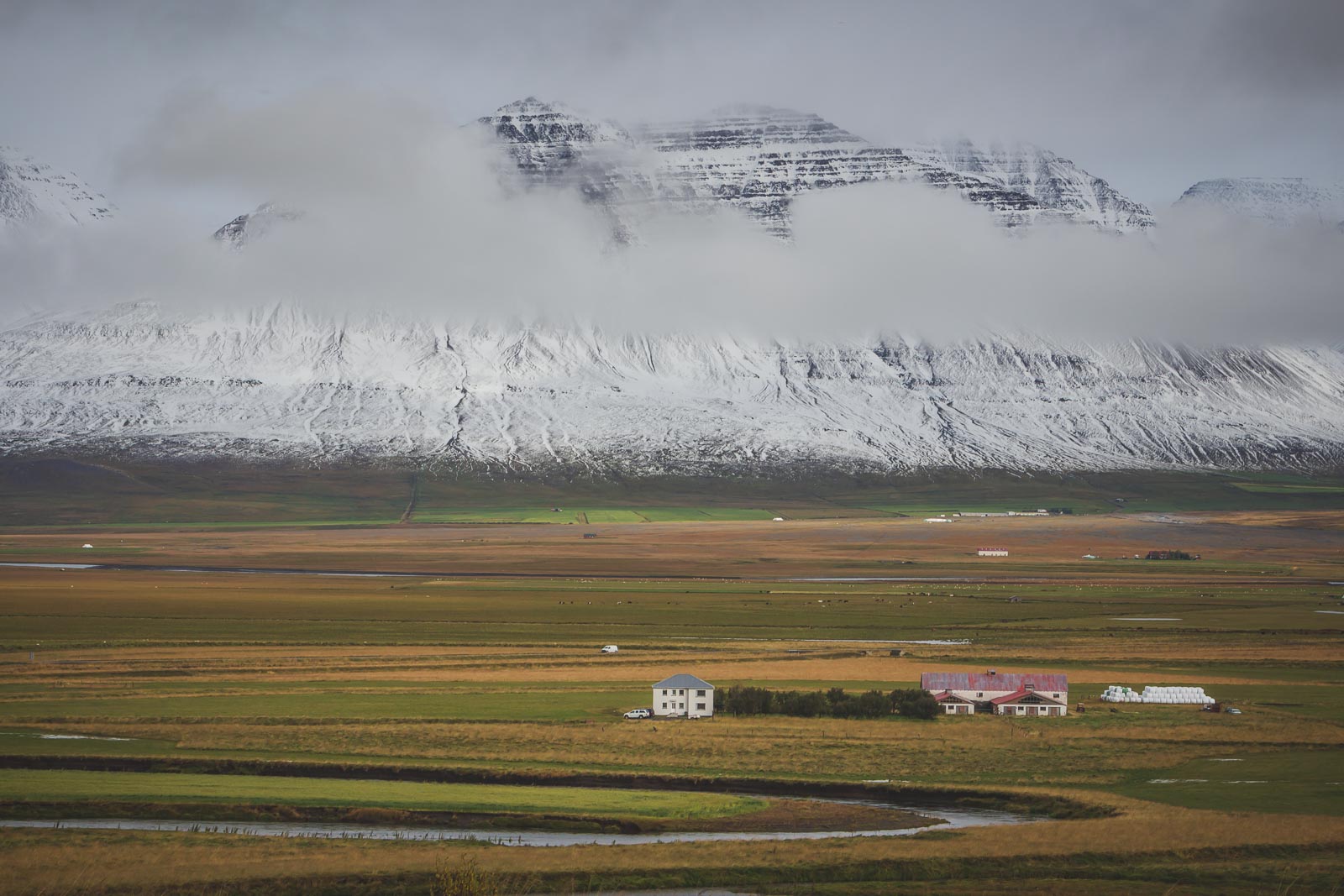
As you can imagine, a landscape that was shaped by volcanoes and glaciers can be a harsh environment for natural growth. As you travel through Iceland, you’ll notice that you don’t come across any forests. There are certainly trees in Iceland and the nation has increased reforestation efforts in recent decades, but there are no old growth forests to be found.
(Bonus fact! Harsh conditions aren’t the only thing that contributed to Iceland’s lack of forests. When the Vikings settled the land, it appears that they may have gotten a little heavy-handed with their logging.)
10. Hate Mosquitos? Go to Iceland
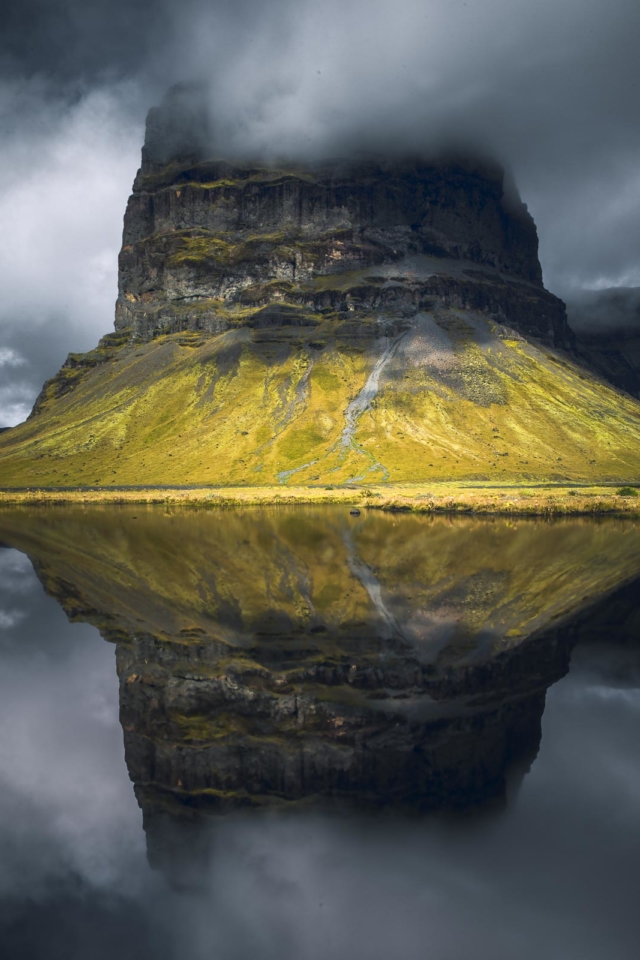
In most countries, spending time out in nature means getting bit by mosquitos. In Iceland, you don’t have to worry about those particular pests, because they simply don’t have any.
Scientists believe that this lack of mosquitos is caused by Iceland’s peculiar weather patterns. Throughout the year, Iceland experiences three cycles of freezing and thawing, making the temperatures unsuitable for mosquito life. The bad news? Iceland does have sand flies, so you’ll still need to pack your bug spray.
Speaking of weather patterns, Iceland has several words to describe the weather. While visiting Iceland we were often told, there’s no bad weather in Iceland, just the wrong clothes. Or, if you don’t like the weather, just wait a minute for it to change.
11. The Icelandic Language Has Barely Changed

The Icelandic language can be most closely compared to the Norwegian and Danish languages. However, it remains a unique and well-preserved language overall. Viking history is so strong in Iceland that their language is quite similar to the Old Norse language of the Vikings. Put a script in front of an Icelander and they’d be able to understand the Old Norse tongue.
Most languages change over time. For example, the English used by Shakespeare’s contemporaries looks and sounds different from the English we use today. The language in Iceland, on the other hand, still looks and sounds almost identical to what was spoken centuries ago.
12. Northern Lights
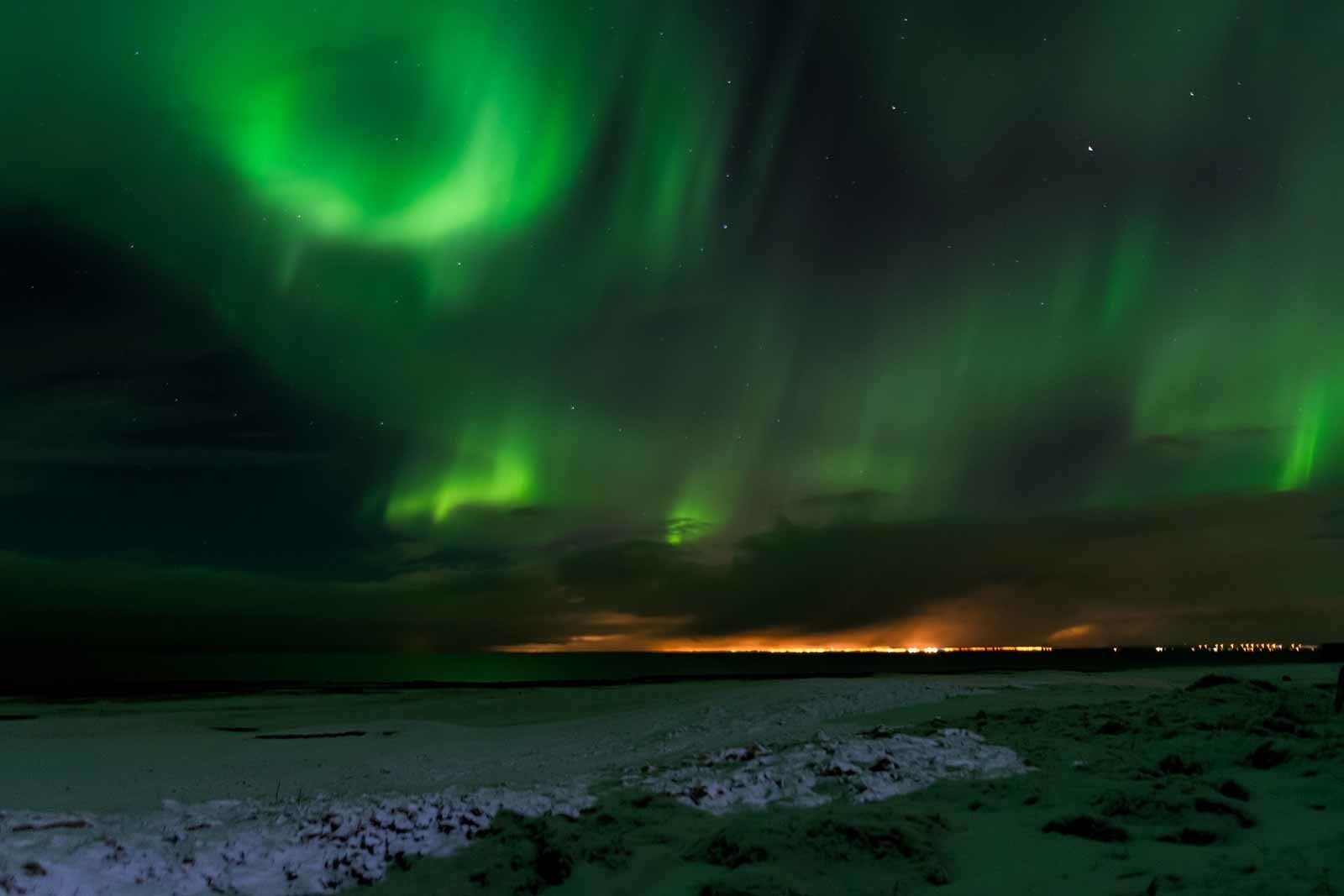
Iceland is one of the best places in the world to see the Northern Lights. When staying at some hotels and guest houses in Iceland, we let them know that we were interested in seeing them, so they would give a wake-up call in the middle of the night if they were active.
The best time to see the Northern Lights in Iceland is between September and March when the nights are long and the skies are clear. The Northern Lights really put on a show in Iceland. Read more: Best of Iceland’s Ring Road
13. Land of Fire and Ice – Volcanic Eruptions
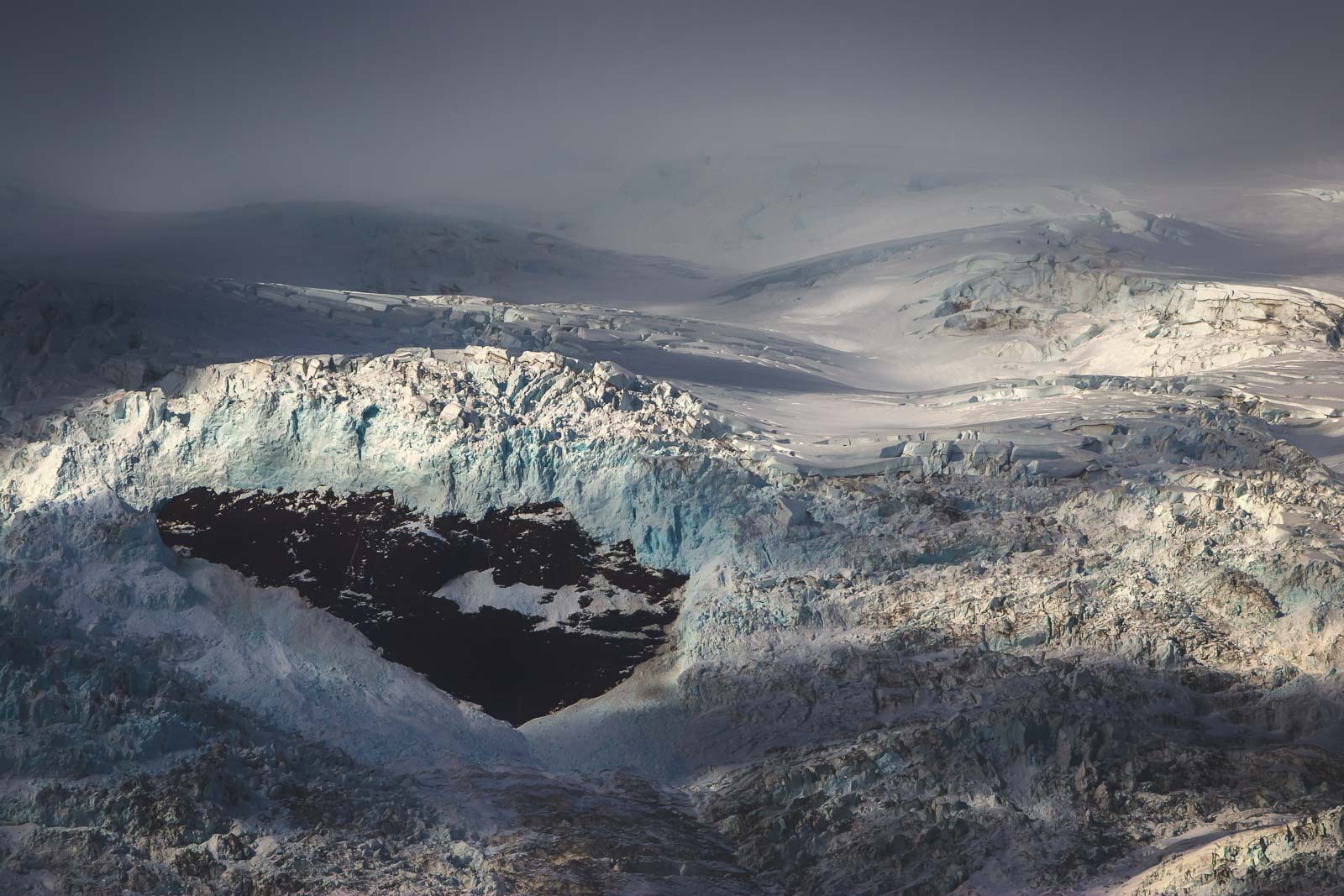
Iceland is often referred to as the “Land of Fire and Ice” due to its contrasting landscapes of glaciers and volcanoes. The island rests on the Mid-Atlantic Ridge, making it one of the most tectonically active places on Earth. Eruptions occur approximately once every 4-5 years. One of the most memorable eruptions in recent times was that of Eyjafjallajökull in 2010, which disrupted European air traffic for weeks. The volcanic activity, while sometimes destructive, has shaped Iceland’s unique landscapes and also offers geothermal energy, which Icelanders have harnessed for power and heating.
14. Legends Abound and Blend With History
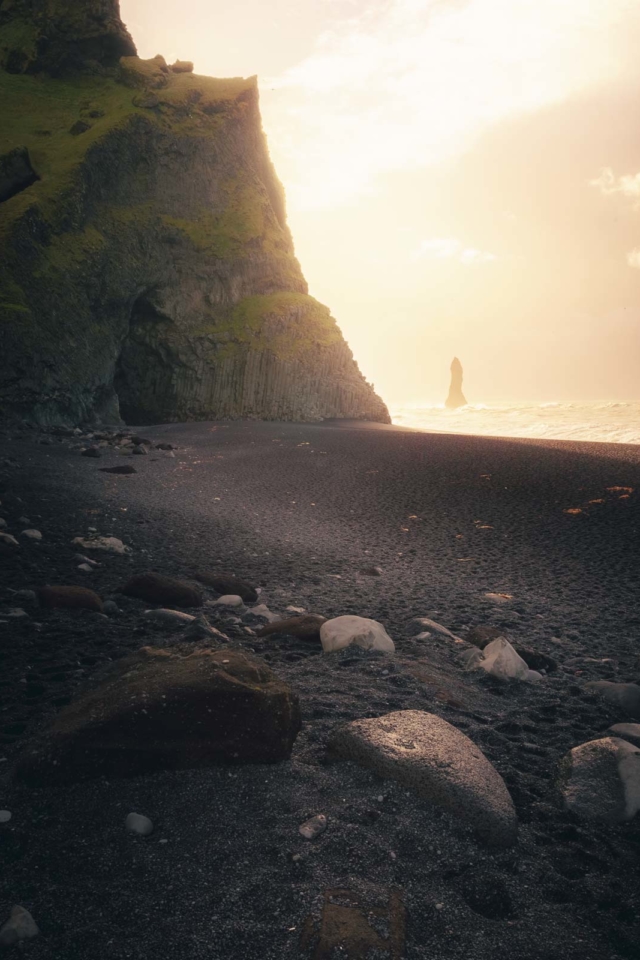
If you love legends and folklore, you’re going to have a blast in Iceland. Trolls, elves and mystical creatures are abundant in Icelandic folklore and the stories you’ll hear are nothing if not delightful. For example, you may hear that large rock formations are frozen trolls or that some land is left undeveloped because it is home to elves.
Yes, Icelanders believe in elves. Something I enjoyed seeing was on Will Ferrel’s Eurovision, The Story of Fire Saga where Rachel McAdam’s character was so liked by the elves that a band of Killer Elves known as Huldufólk gave them all the help they needed to make it to Eurovision.
There is some confusion about how many Icelandic people truly believe in elves and trolls. One survey found that many people in Iceland will neither confirm nor deny their existence because there’s no proof either way.
15. Iceland Is Great for Adventurous Eaters
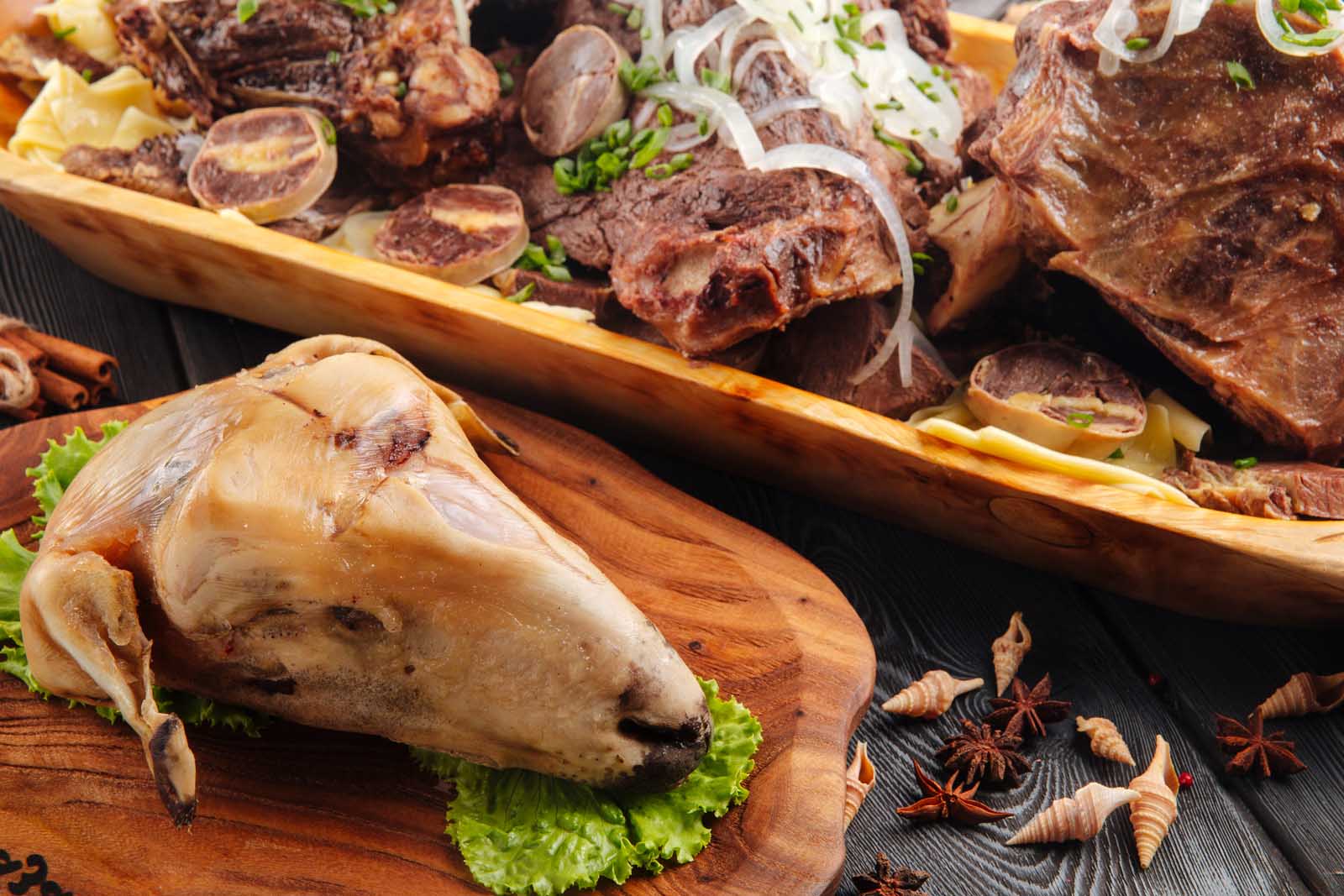
Iceland is one of the rare countries where you won’t find a McDonald’s. There are some fast food chains such as Dominos, KFC, and Subway, but you won’t be seeing the Golden Arches as you drive around the Ring Road.
However, if you are visiting Iceland, you may want to try out some of their exciting and unusual cuisines. Some things you might find on the menu at an Icelandic restaurant include puffin, fermented shark, whale, sheep’s head, and dried fish. Don’t worry, non-meat eaters! Iceland is also a great place for vegan and vegetarian dining! Read more: Icelandic Food: 15 Traditional Dishes to Try in Iceland
We ate a lot of Icelandic hot dogs on our journey around Iceland, and ice cream. Icelanders love their ice cream. As a matter of fact, hot dogs were our main source of food when journeying around the Ring Road. The Icelandic hot dog is known as Pyslur. It’s made with a mix of lamb, beef, and pork and is topped with remoulade, capers, herbs, onions, and your typical mustard and ketchup,
16. Beer Ban? Yep, Beer Is a Big Deal in Iceland
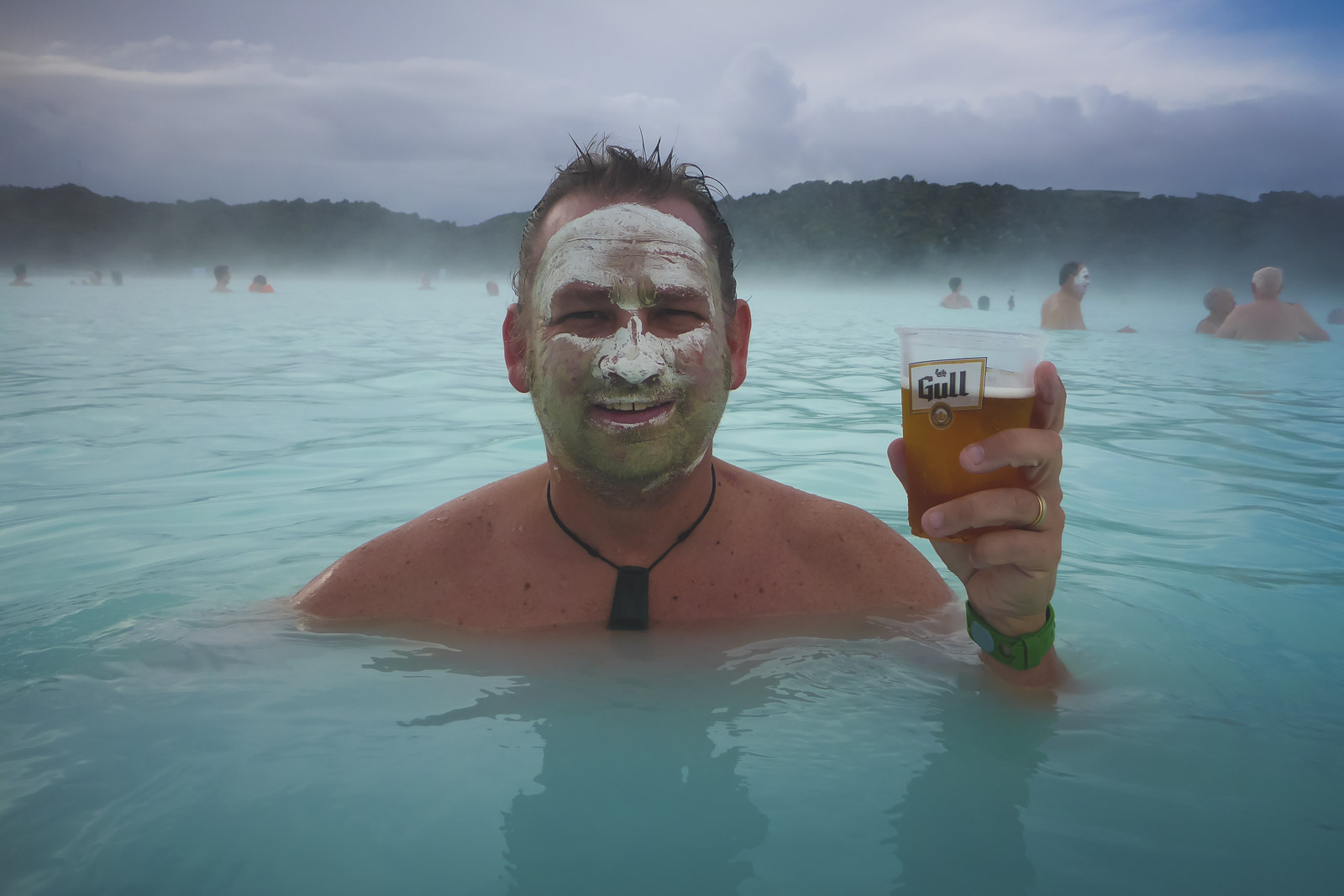
If you’re familiar with American history, then you know all about Prohibition (the years when alcohol was banned in America). In Iceland, something similar happened and it continued for a long time. Beer was banned in Iceland for 74 years!
Between 1915 and the 1930s, all alcohol was illegal in Iceland. Then, from the 1930s to 1989, you could find wine and liquor, but beer was still not legal. Today, you’ll find plenty of microbreweries in Iceland! Plus, to celebrate the legalization of beer, Iceland celebrates National Beer Day on March 1st every year.
17. Book Lovers Will Feel at Home in Iceland
Iceland is home to a large number of published writers and actually publishes more books per capita than any other country. This is in part because the written word is well-honored by almost all Icelandic people! In fact, one of Iceland’s unique holiday traditions falls on Christmas Eve, when family members exchange books with one another and spend the day reading.
Jólabókaflóð, or the “Christmas Book Flood,” is a cherished Icelandic tradition. It refers to the annual release of new books in the run-up to Christmas. Books are a popular Christmas gift, and many Icelanders spend Christmas Eve engrossed in fresh literature. This tradition dates back to World War II when foreign imports were restricted, but paper was cheap. Publishers took advantage of this and began releasing the majority of their titles during this period, and the tradition stuck.
If you’re an avid reader, you will want to make a few stops at some of Iceland’s beautiful bookstores. We also recommend timing your vacation right so that you can head to the annual Reykjavik International Literary Festival. Then, head to the turtle-shaped National Library of Iceland to round off your book-themed travels!
18. Yule Lads
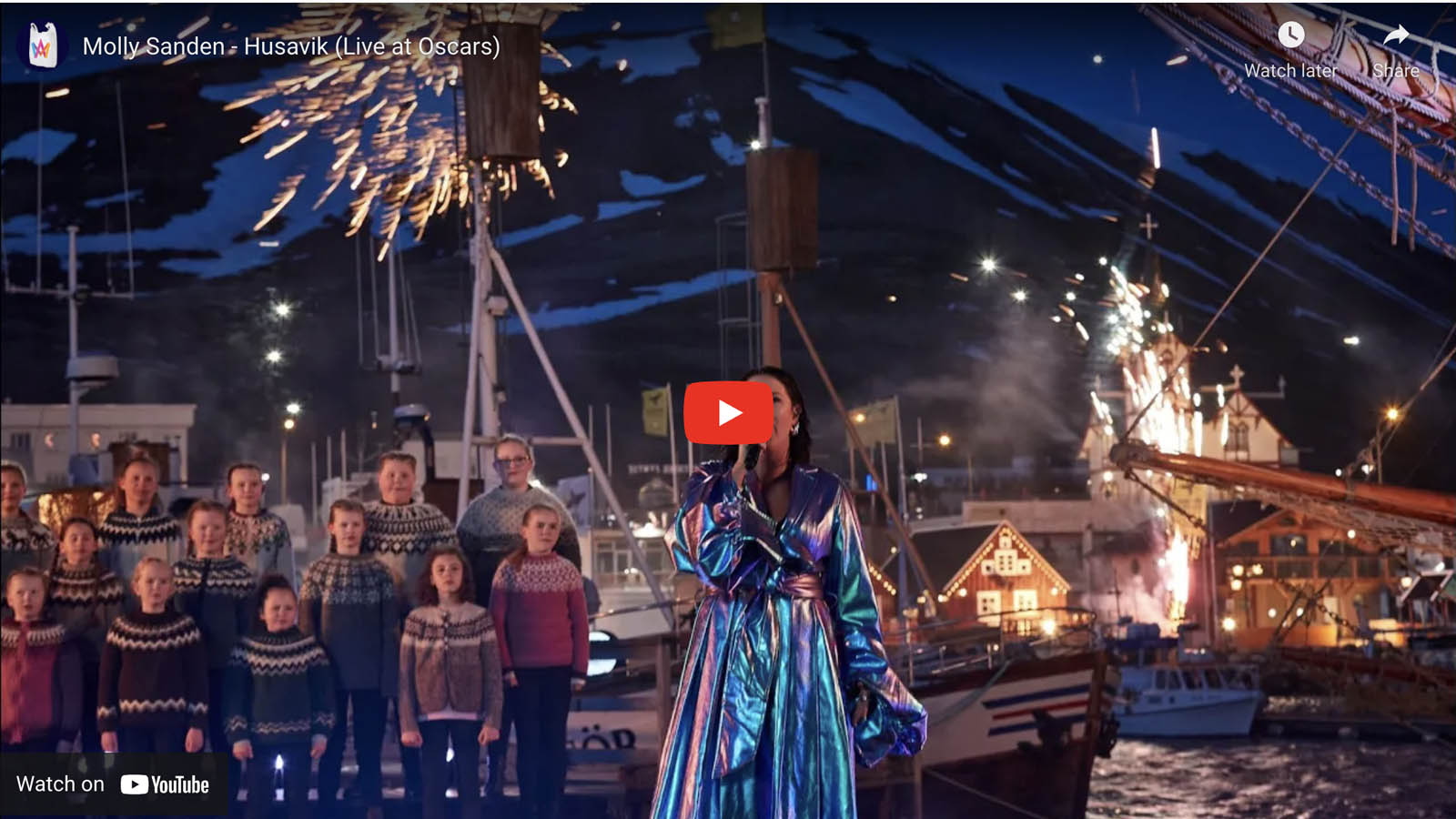
Another interesting Christmas tradition in Iceland is the legend of the Yule Lads. The Yule Lads, or “Jólasveinar” in Icelandic, are a group of thirteen mischievous characters from Icelandic folklore who are said to visit children in the thirteen nights leading up to Christmas. They are the sons of the mountain-dwelling trolls Grýla and Leppalúði and have evolved from their original portrayal as terrifying figures meant to scare children into behaving to more benevolent, Santa Claus-like characters.
Each of the Yule Lads has a specific personality and role, and they are known for leaving gifts or small punishments in children’s shoes, which are left out on windowsills. If a child has been good, they might receive a small gift or candy, but if they have been naughty, they might receive a potato or a small piece of coal.
19. Iceland is a Small Country
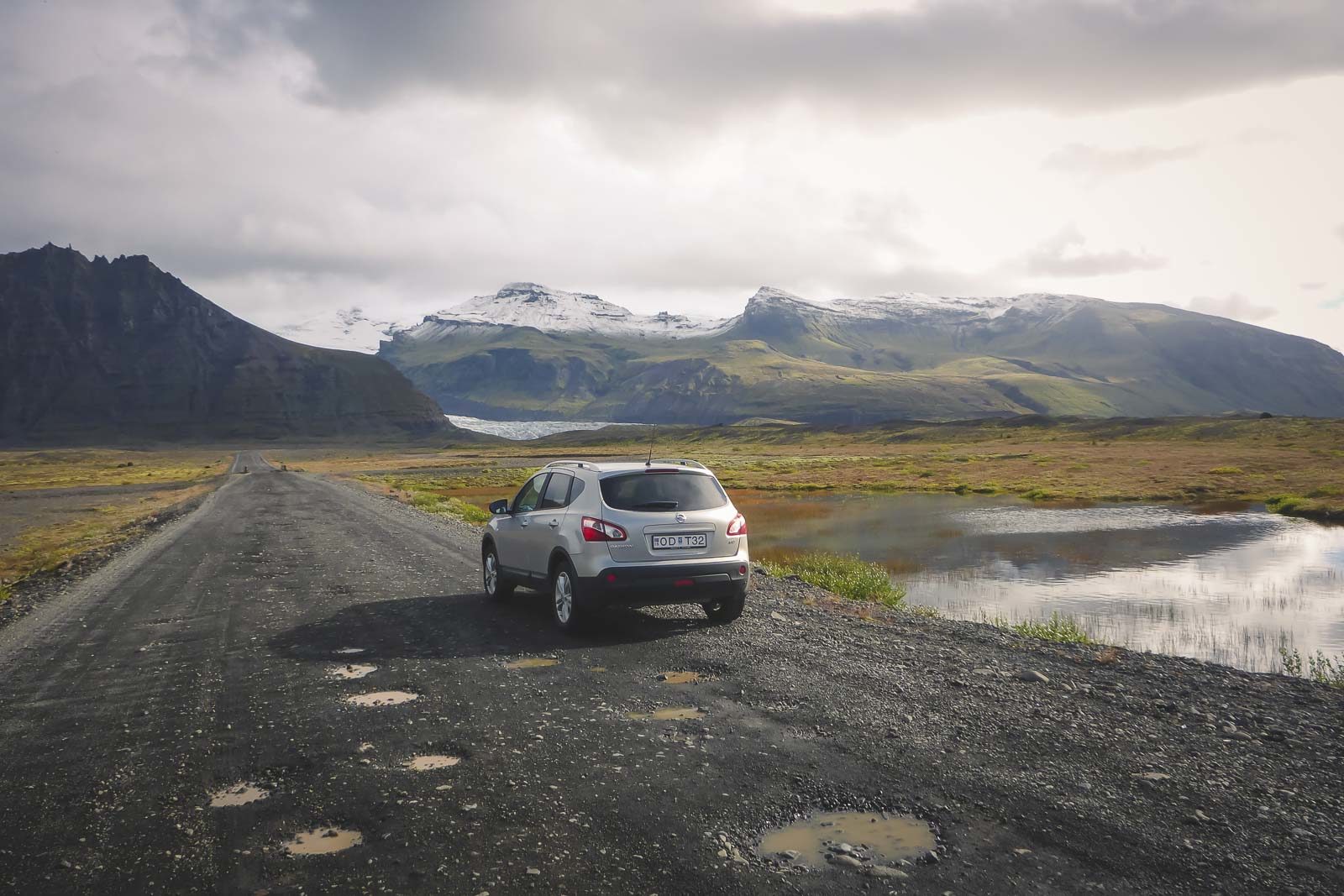
The population of Iceland is only 336, 425. Iceland has a small population and most of the people in this tiny island country live near the capital city of Reykjavik. It is the smallest country that belongs to NATO and is the only member not to have a standing army, air force or navy. However, Iceland does have a national coast guard that has seen some military action in the past.
20. No Naming your Baby Apple or Suri in Iceland
Luckily the population is small because when an Icelander is having a baby, they must choose names from the official register of approved names that were compiled by the naming committee. If anyone wants to change the name of their baby, they must get permission from the naming committee.
21. Icelanders Do Not Have Surnames
Plus, Iceland doesn’t use last names. Instead, they use the names of their parents. Meaning they get their names from their parents. No wonder we hear Son of Odin or Dottir (daughter) of Ragnar.
So how does this work? It is called the patronymic system, where a person’s surname indicates the first name of their father (or sometimes mother) with the addition of ‘-son’ (meaning ‘son of’) or ‘-dóttir’ (meaning ‘daughter of’). So, the son of a man named Jón would have the surname Jónsson, while his daughter would be Jónsdóttir.
22. Iceland Has Gone to War – A Cod War
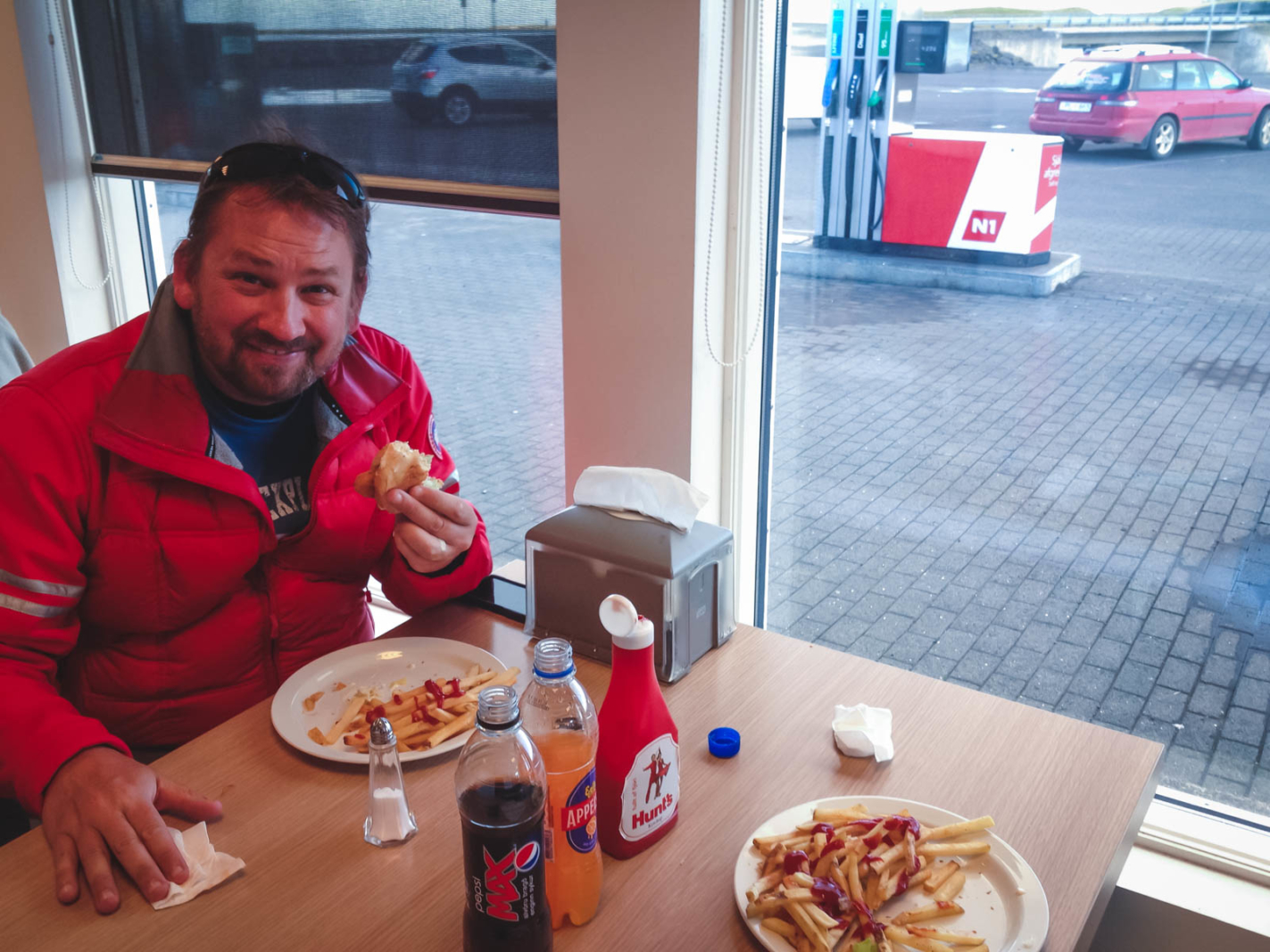
Iceland has been at war once, but it is not the war you are thinking of. The war Iceland was involved in was the Cod War aka Þorskastríðið. This war took place in the 1960s and 1970s between the United Kingdom over fishing rights in the North Atlantic. It may not sound that bad but the Cod Wars were significant because they highlighted the tension between national interests and international law. They also led to changes in international law regarding fishing limits, with the 200-mile Exclusive Economic Zone (EEZ) becoming widely accepted as the standard.
23. Famous Icelanders

Iceland, despite its small population, has produced many individuals who have gained international fame. Musicians like Björk and the bands Sigur Rós and Of Monsters and Men have made significant marks in the global music scene. In literature, authors such as Halldór Laxness, who won the Nobel Prize in Literature in 1955, have brought Icelandic culture and stories to the world stage.
And no, Will Farrell and Rachel McAdams are not Icelandic, but they did play singers from Iceland in the fun movie, Eurovision. Check out our guide to 60 Best Travel Movies to Inspire Wanderlust
24. Animals of Iceland
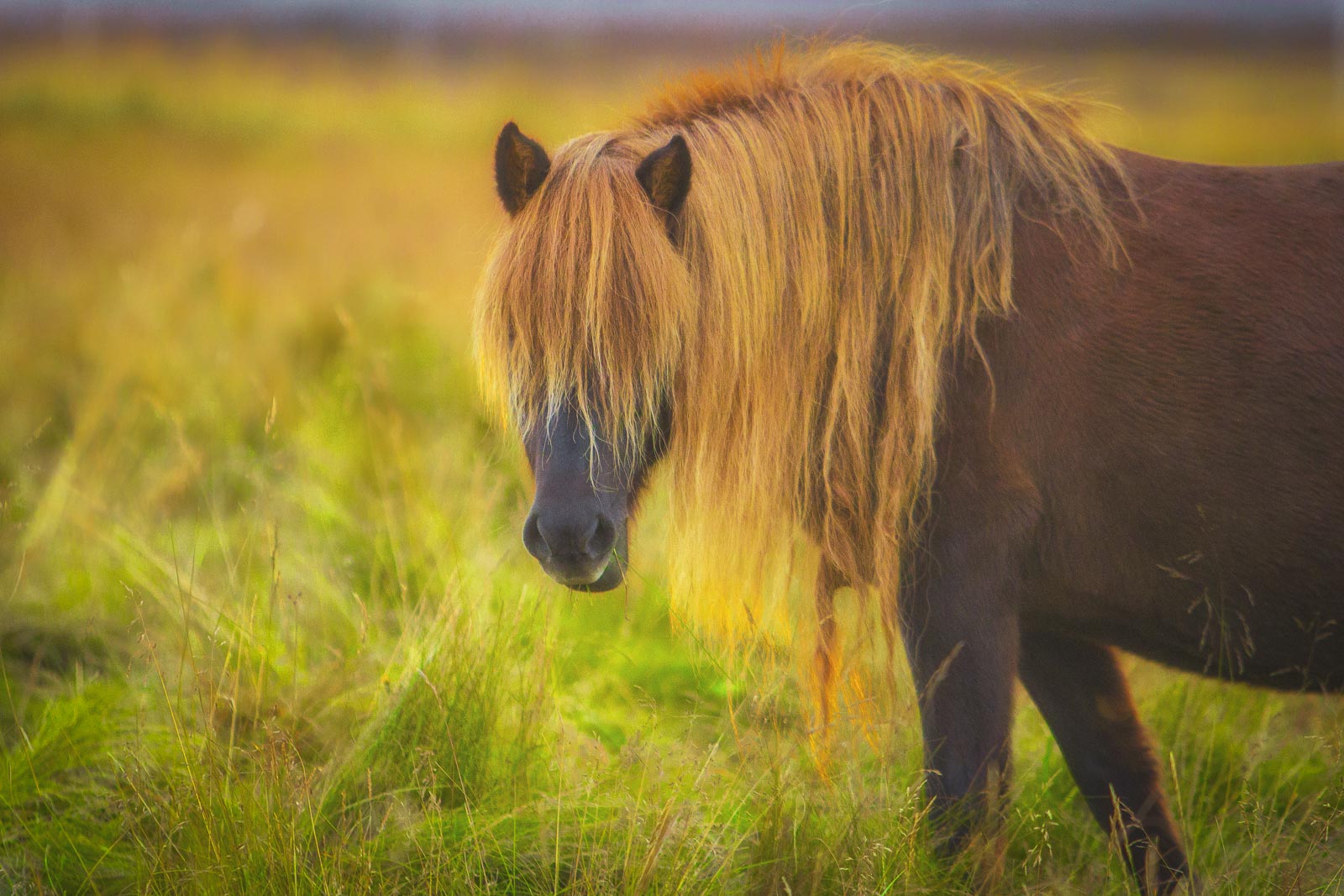
The Icelandic horse is known for their unique gaits known as the tolt. The Icelandic Horse was Brought to Iceland by the Vikings in the 9th and 10th centuries and fun fact, the Icelandic Horse is one of the oldest breeds of horse in the world. Read more: The Icelandic Horse – All you Need to Know About this Beautiful Breed
Iceland’s only native mammal is the Arctic Fox. It is a rare and special thing to see them and they are quite abundant in Iceland. They came over from Europe during the last ice age.
25. Land of the Midnight Sun
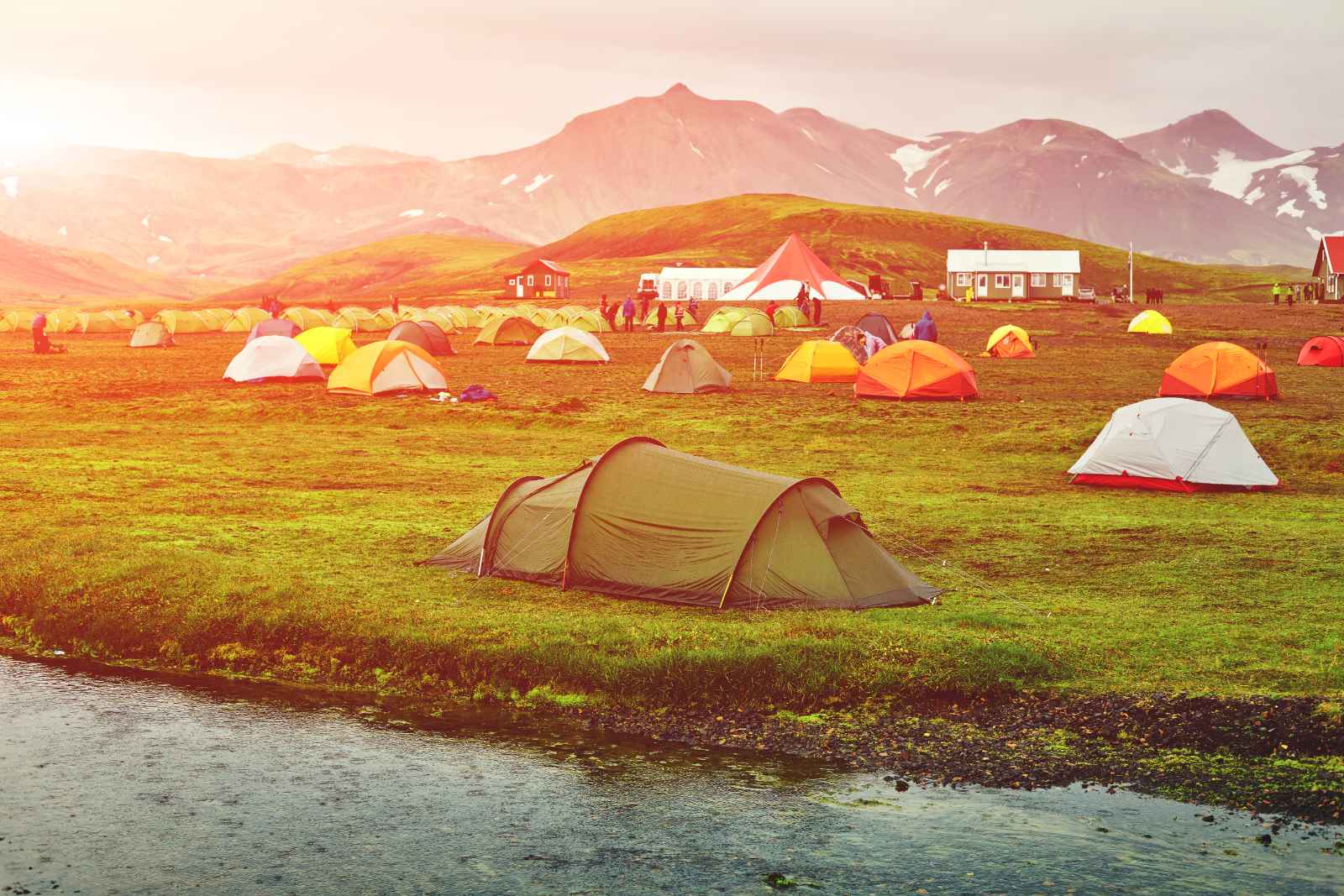
One of the most awe-inspiring natural phenomena in Iceland is the Midnight Sun. Due to its proximity to the Arctic Circle, during the summer months, Iceland witnesses long days where the sun barely sets. Around the solstice in June, the sun remains visible for almost 24 hours, giving a golden hue to the landscape and offering extended hours of daylight.
This phenomenon has deeply influenced the culture, lifestyle, and daily routines of Icelanders. The extended daylight hours also mean that activities like golf, hiking, and fishing can be enjoyed late into the night. Tourists flock to Iceland during this period to experience this surreal phenomenon and to capture the stunning visuals it offers.
26. Handball is Iceland’s National Sport
While football (soccer) is incredibly popular in Iceland, especially after the country’s impressive performance in the 2016 European Championships, handball is often considered the national sport. Iceland’s handball team has achieved significant success on the international stage and has a passionate following at home.
Iceland fast facts
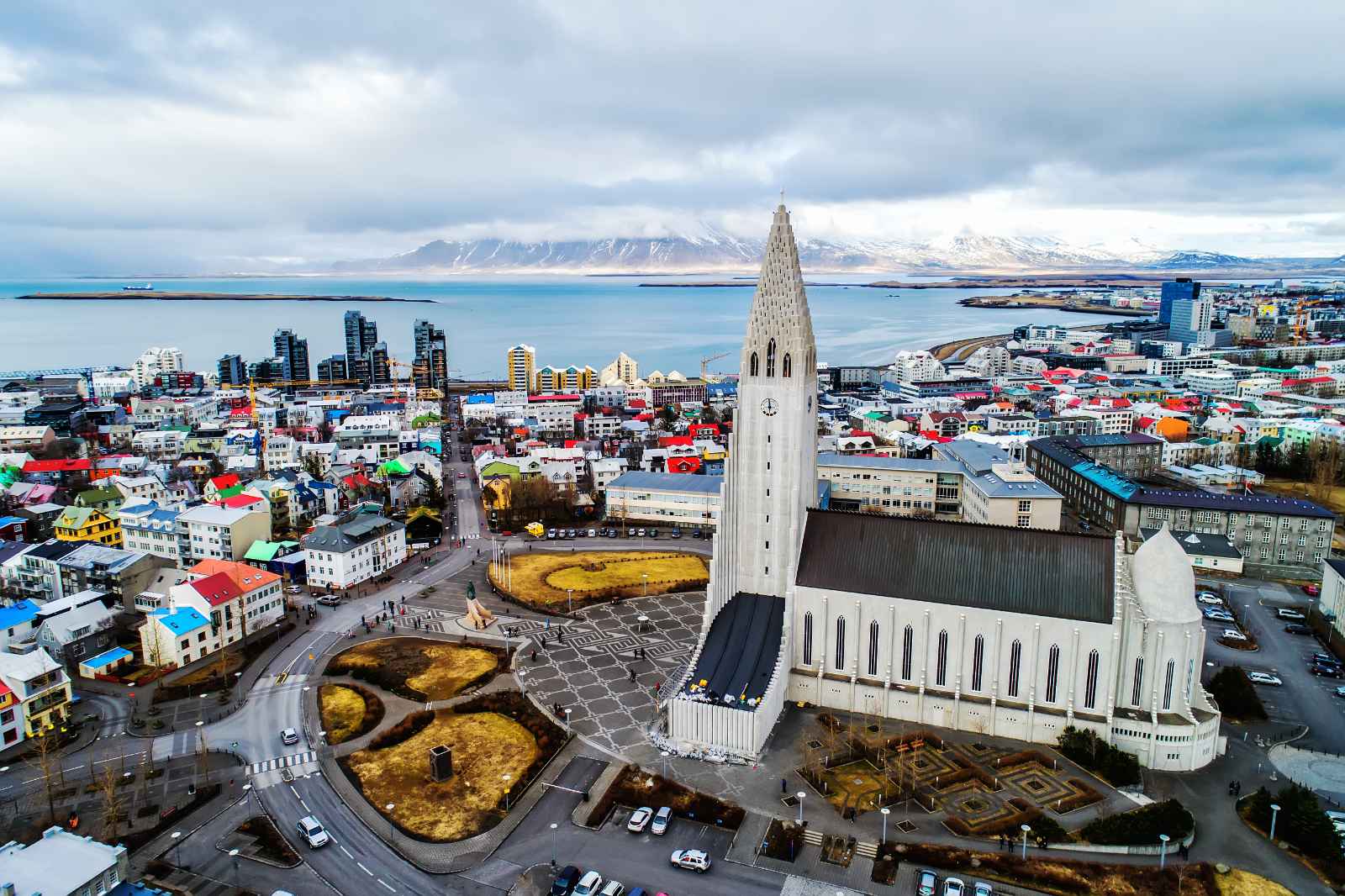
- Capital City of Iceland is Reykjavik
- Head Of State: The current president of Iceland is Guðni Th. Jóhannesson
- Population: 366,425
- Weather: Surprisingly Iceland has very temperate weather throughout the year. Thanks to the Gulf Stream, Iceland d relatively mild during the winter and stays cool during the summer.
We hope that these interesting facts about Iceland have left you intrigued and wanting more! Iceland is a beautiful country that simply can’t be compared to anywhere else on earth. Why not see the sights of Iceland firsthand by making it your next big destination?
Here at The Planet D, our goal is to make travel easier and more enjoyable for everyone. We provide travel guides, useful tips, and interesting information to help you plan your vacations.
Go Beyond Facts About Iceland and See the Sights Firsthand
There are so many amazing attractions to see in Iceland that you really need to visit this incredible country. From its glaciers to volcanoes, black sand beaches to magnificent waterfalls, the land of fire and ice is not to be missed.
Not sure where your next destination should be? Type in any location in our destination finder and get started learning about it today.

